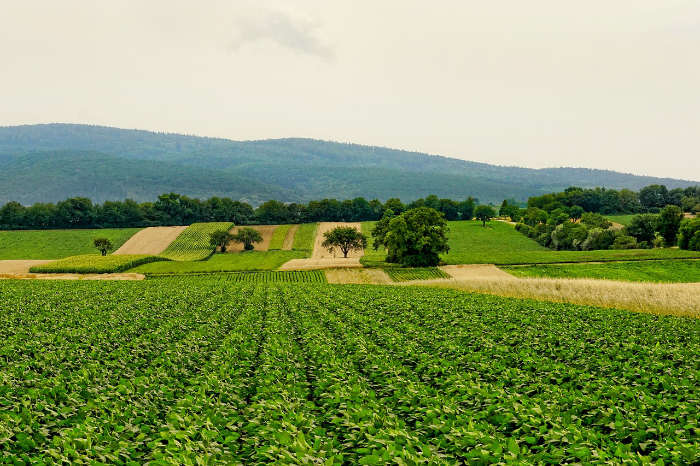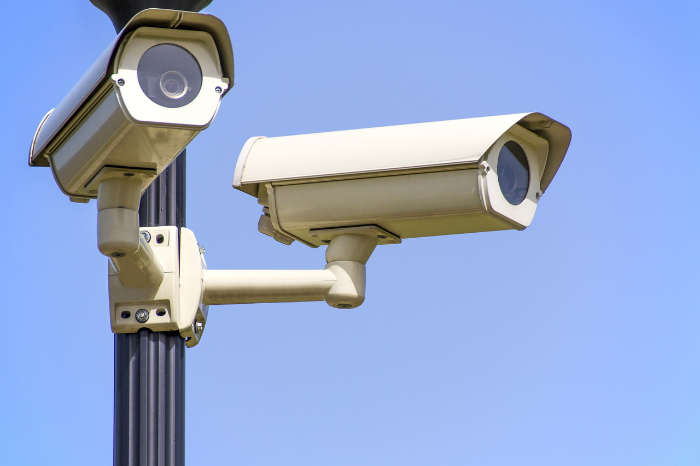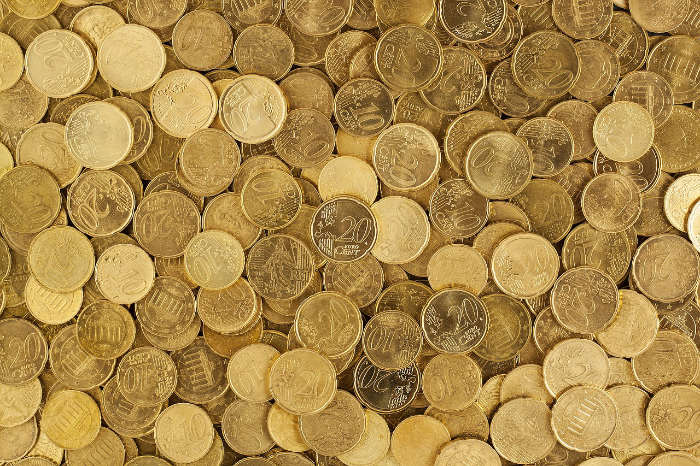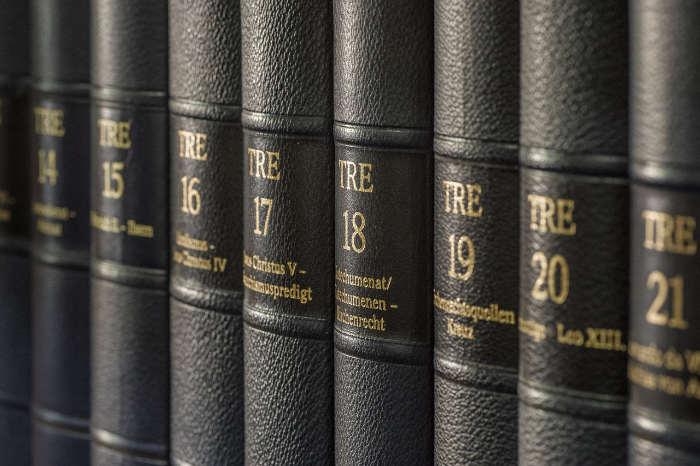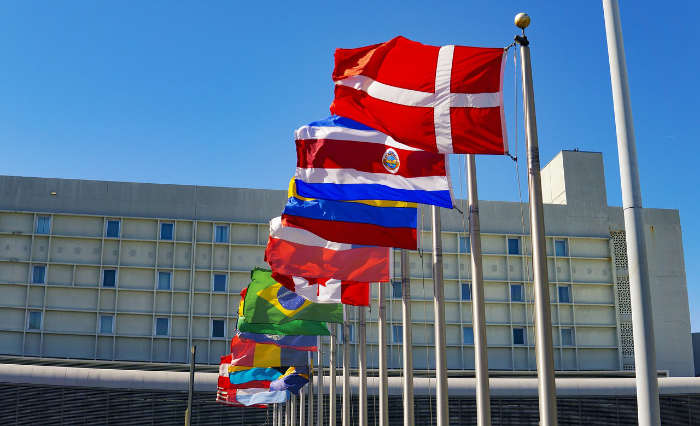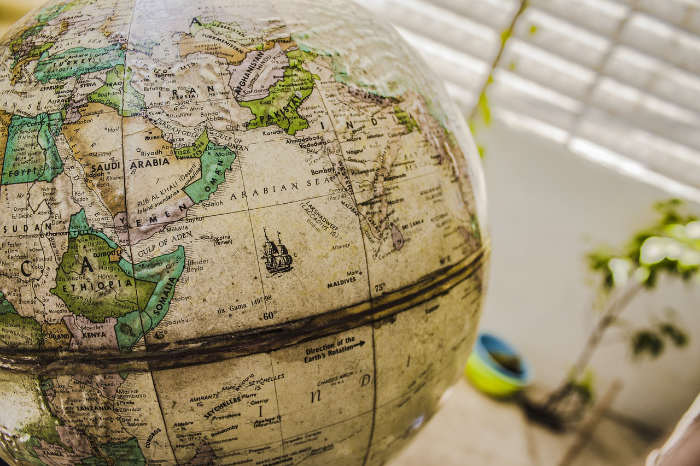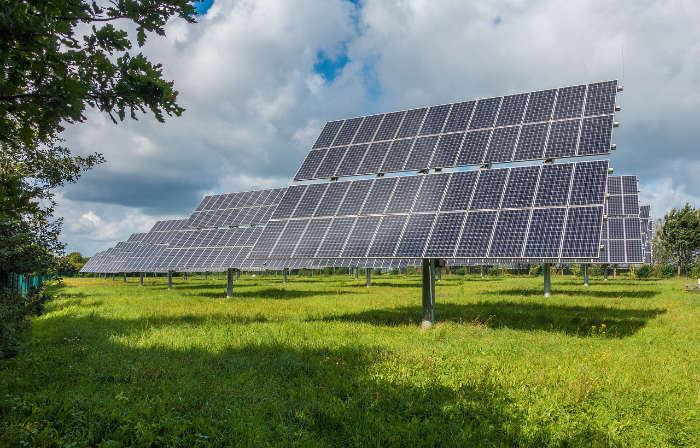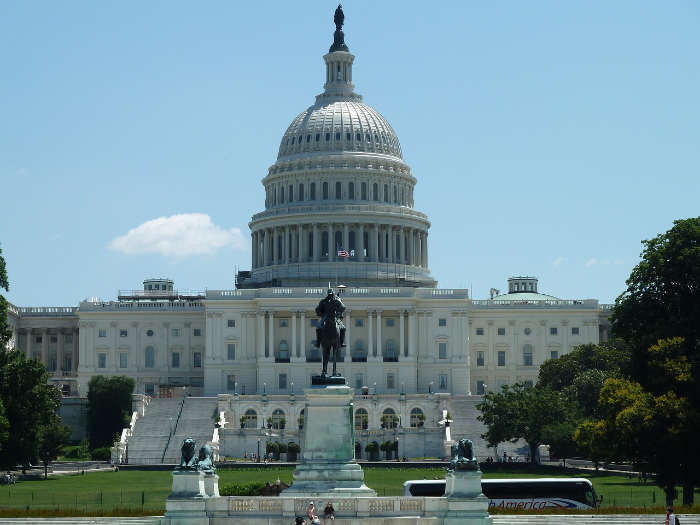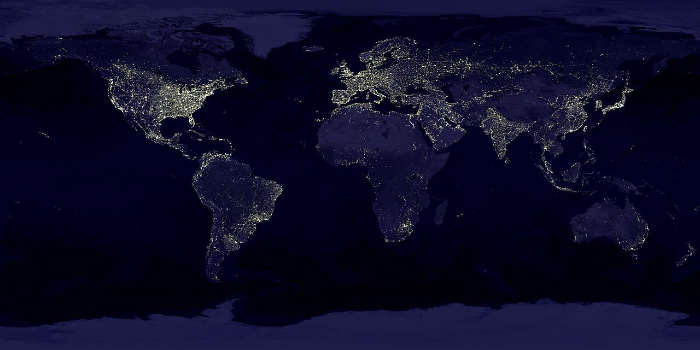Global South Countries 2025

No
Yes
Global South Nation? (United Nations FCFSSC)
First coined by progressive social activist Carl Oglesby in 1969, the Global South is a synonym for terms such as developing countries, least-developed countries, underdeveloped countries, low-income economies, or the out-of-favor third world countries. Like these related terms, Global South is used to describe countries whose economies are not yet fully developed and which face challenges such as low per capita income, excessive unemployment, and a lack of valuable capital. However, few socioeconomic terms are as widely debated, as potentially divisive, or as frequently misinterpreted.
The challenge of defining the “Global South”
The term “Global South” is often misused and misunderstood. The inclusion of “South” causes many users to mistakenly assume the term is meant to be geographical. It is not. Although the majority of Global South countries are indeed located in the tropics or the Southern Hemisphere, the term itself is strictly economic (hence the fact that Australia is “down under” but not part of the Global South).
What’s more, because there are no clear guidelines for what constitutes the Global South (as compared to World Bank’s very clear guidelines for what is or is not a low-income economy), there exist many different theories on which countries qualify as part of the Global South—or its wealthier counterpart, the Global North. Finally, because the term identifies countries that are less well-off financially, it could be interpreted as implying that “South” is synonymous with “poor”—a connection that many people regard as both insensitive and inaccurate.
What is the Global South?
The Global South has multiple definitions. The Global South has traditionally been used to refer to underdeveloped or economically disadvantaged nations. These countries are those who tend to have unstable democracy, are in the process of industrializing, and have historically frequently faced colonization by Global North countries (especially by European countries). The second definition uses the Global South to address populations that are negatively affected by capitalist globalization. Based on either of these definitions, the Global South is not the same as the geographical south. Still, to avoid confusion, inaccuracy, and possible offense, many scholars prefer to use the terms “developing countries” or low-income economies.
Benefits of the use of the term Global South
One positive development stemming from the use of the term Global South is that it has emerged as a unifying identity for many of the countries it encompasses. This unification has led to the United Nations’ South-South Cooperation, a coalition of Global South countries whose main goal is to help solve mutual challenges such as poverty, population growth, war, disease, and border issues. Countries involved in the SSC become more self-reliant, strengthen their technological capabilities, and become better able to participate in the global economic marketplace.
China is among the best examples of how the SSC has worked. Often touted by the U.N. as a model for developing countries, China has lifted 700 million people out of poverty, gained a bigger influence than most countries in the West, and become one of the largest economic powers in the world.
List of Global South Countries (United Nations)
The United Nations’ Finance Center for South-South Cooperation maintains arguably the world’s most reputable and reliable list of Global South countries. As of early 2022, the list includes 78 countries in all, which are referred to as the “Group of 77 and China.”
Sources
- Global North and South - Encyclopedia.com
- The Global North/South Divide - Royal Geographic Society
- Global North and Global South - Wiki
- Examining Ethics and Intercultural Interactions in International Relations - IGI Global
- The Global North: Introducing the Region - Milne Publishing
- Brandt Report - Wikipedia
- Global South Countries - United Nations Finance Center for South-South Cooperation
